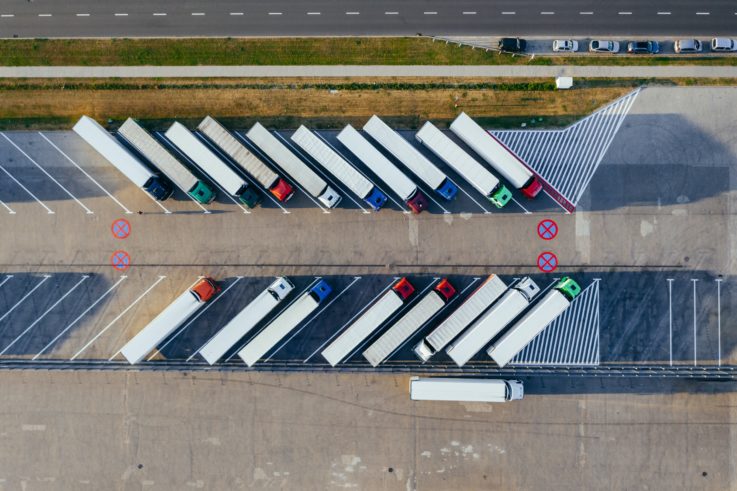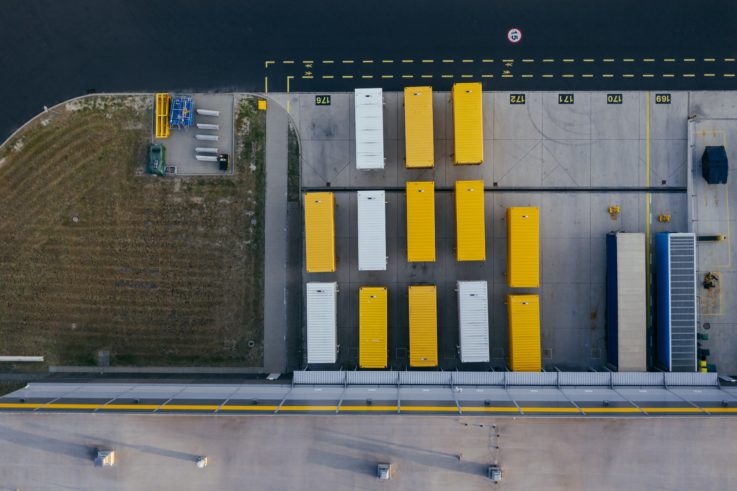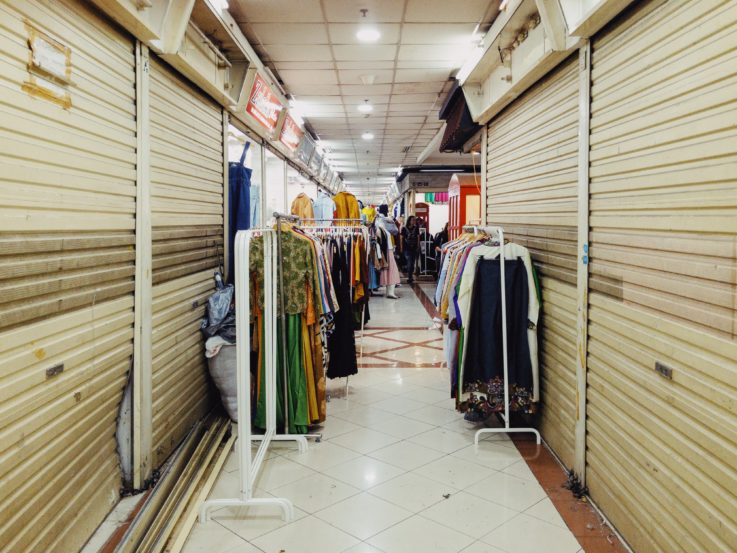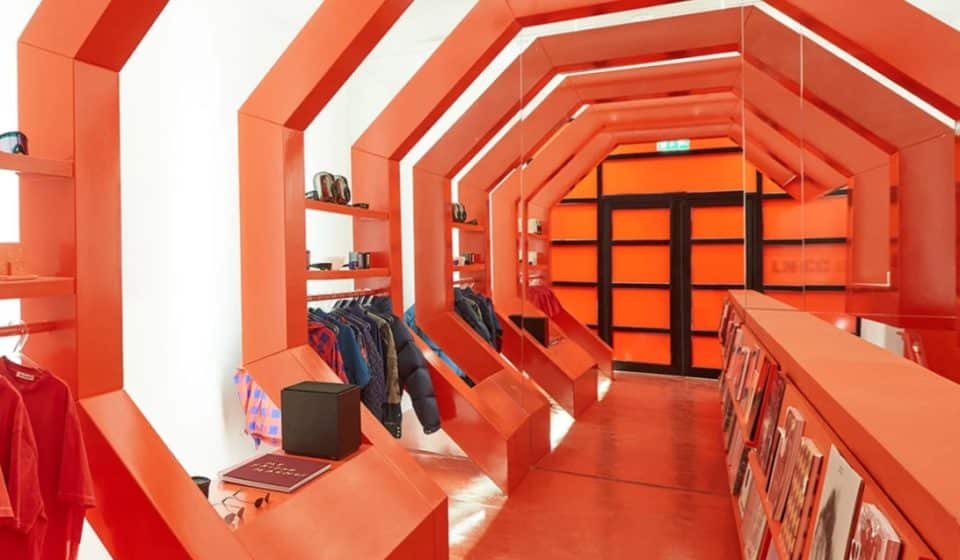The 3 essential elements of a winning omnichannel retail supply chain

Ever heard of the fast, cheap, good triangle?
It’s a well-known concept in the project management world that essentially says that it’s impossible to have all three at once.
You want something that’s good and cheap? Then you won’t be getting it fast.
How about fast and cheap? Don’t count on it being good.
Fast and good? It’s gonna cost you.
That impossible goal of all three?
That’s the perfect omnichannel retail supply chain.
It gets products to customers quickly in a cost-effective way while providing a great level of service.
Impossible? That’s a strong word.
Difficult? Absolutely.
Especially when few retailers have supply chains that were built with omnichannel in mind. Instead they were designed for a single-channel retail world where selling was confined to brick-and-mortar stores.
That’s no longer the case. Consumers are now buying through a huge variety of channels which only continues to grow. It’s up to retailers to be able to supply orders no matter where they come from and do it well.
We can’t give you the impossible, but here are the 3 essential elements of a winning omnichannel retail supply chain that will get you a little closer to that holy grail of the good, the fast and the cheap.

1. Good – Use a connected inventory
You don’t need us to tell you that your customers are shopping through multiple channels often switching between them on different days or even in a single transaction. In order to meet customer expectations around service, you need to rethink your inventory. There should no longer be inventory that sits in stores and inventory that sits in ecommerce warehouses and never the two meet.
A connected inventory gives you a picture of all the stock in your supply chain. It also gives you access to it all in order to fulfil customer purchases in the most efficient way. If you also sell your products through other retailers such as online marketplaces and wholesalers, you may want to explore whether this information can also be incorporated into your inventory.
For example, if a product is out of stock in a customer’s local store it should be a no brainer that staff can view available stock in warehouses and have the product shipped directly to the customer. A connected inventory might also allow them to see if other stores nearby have the product in stock. This then opens up the opportunity for the customer to either reserve the nearby product for collection or for it to be shipped to them from another store location.
Likewise, when customers buy online a connected inventory would allow you to see if their local store has the item in stock and decide whether to ship it from there. If you have real-time stock information available, then you could also offer the customer the opportunity to collect it in store immediately. Real-time stock levels can also help customers decide if they want to go to a store or order online.
A connected inventory can help with more than just efficient allocation of product though. You can also use this information to identify gaps or overstock within your supply chain. If you’ve got a glut of a certain product, then you can make sure you’re not ordering more than you can sell. If inventory for another product seems to be quickly running low, then you can decide if you need to place another order.
Getting your inventory right helps you offer a greater level of service to customers. Shoppers don’t have to struggle to get hold of the products they want. They don’t have to jump through hoops or experience the frustration of out-of-stocks.
The lowdown
You need a connected inventory that brings together all of your stock across your whole supply chain. Having visibility of everything you have for sale will enable you to offer a higher level of service while not missing out on sales.

2. Fast – Locate your distribution centres for mass reach
It’s likely that you chose the locations for your warehousing and distribution centres based on serving stores not homes. Not only are these sites not designed for shipping hundreds of orders, which may be quite small in value, to individual customers, but they may not even be optimally located to do so.
This wasn’t so bad when ecommerce was a new concept. Customers expected to have to wait a number of days to get their order. Most retailers can meet that expectation for most orders with just a few distribution centres.
The problem is that customer expectations have shifted rapidly when it comes to how quickly they receive their order. A lot of this is down to the digitally native retailers who never had to think about servicing stores and as such designed their supply chains specifically around a high number of orders going to a high number of destinations.
For these companies speed is everything. They don’t have stores to act as a point of competition, so to grab market share their model has been focused on convenience – often in the form of speed.
As a result, customers increasingly don’t want to wait which is why next-day delivery has become a common option at online checkouts. In some cases, this has already jumped to same-day delivery. Next hour delivery is also growing.
This creates a challenge for most retailers when it comes to fulfilment purely because they don’t have enough distribution centres to do so. Or their geographical location isn’t ideal. Or they’re not set up to process volume at speed. Or all three.
Just opening more distribution centres isn’t necessarily the answer. There’s significant cost involved in this when you consider that Flexe reported that retailers may need as many as 16 fulfilment centres to offer 98% of customers next-day delivery. That’s a lot of expense.
However, if you’re a retailer with a physical store portfolio you have a major advantage. The locations of your stores have been deliberately chosen to be accessible to as many customers as possible. As such, they’re perfectly positioned to act as mini warehouses for picking and shipping customer orders. They can also be a cost-effective option for meeting next and same-day delivery standards as the product starts out a lot closer to the customer.
There are other ways your stores can help with speed of delivery such as curbside pick-up.
Mobile warehousing is another idea to consider. This might mean filling up a van with stock and driving into a city to use couriers on bikes and scooters to deliver the items to customers. Or the van itself could drive around and make deliveries to customers. Or could park up and invite customers to come and collect orders.
The lowdown
You should take advantage of your physical store locations to get products to customers faster. This includes ship-from-store where possible, which in turn reduces the need to move product around from distribution centres.

3. Cheap – Embrace the efficiencies of tech
Cost is one of the biggest challenges for retailers and the supply chain is no different.
One way to reduce expenses is to focus on efficiency through technology. There are all sorts of supply chain technologies out there so it’s about determining which are right for your business.
It goes without saying that you need to make sure you have the right back-end systems in place. To start with, you need to look at your IT systems and determine if they need updating.
You also want to look at your processes and data to see if these can be automated in any way and to make sure you’re actually capturing the information you need. This includes your connected inventory but should also facilitate things like real-time sending of online orders to stores for fulfilment.
Once you have your foundations right, you can look at ways to build on this. For example, you might use AI to identify patterns in customer purchasing to forecast demand which can help you to plan stock levels better to reduce overstock or out-of-stocks.
Technology can also be used to help with the picking and packing of orders. Grocery retailer Ocado’s automated warehouses are a great example of the role robotics can play in this. Robots are also being explored by some retailers for last-mile delivery.
Other ways tech might change the last mile include the use of drones to deliver packages and autonomous vehicles. Data also comes into play here in helping plan logistics to be as efficient as possible.
These technologies may seem counter-intuitive when we’re talking about saving money. It’s true that there is an up-front cost involved but savings can be made long-term. The better you manage your stock and the buying of it, the more cost-effective you can be.
When it comes to tech you don’t have to do it alone. There are hundreds of companies offering supply chain solutions that you can partner with. The advantage is that you can often get started sooner – and therefore begin to reap the benefits faster – but also you don’t have to spend money on R&D in the first place.
The lowdown
You can save money in your supply chain by driving efficiencies with tech. The more effective your planning, procurement and movement of product is the more orders you can fulfil from a single location. Working with partners may help to minimise upfront costs.
Conclusion
Creating a winning omnichannel retail supply chain isn’t easy, but it is essential if you want to remain competitive. While finding the perfect balance of cost-effectiveness, high-quality service and speed may be near impossible, there are steps you can take to improve each of these areas.
Need some help implementing a winning omnichannel supply chain? Our expert retail consultants can help you deliver game-changing innovation programmes.



